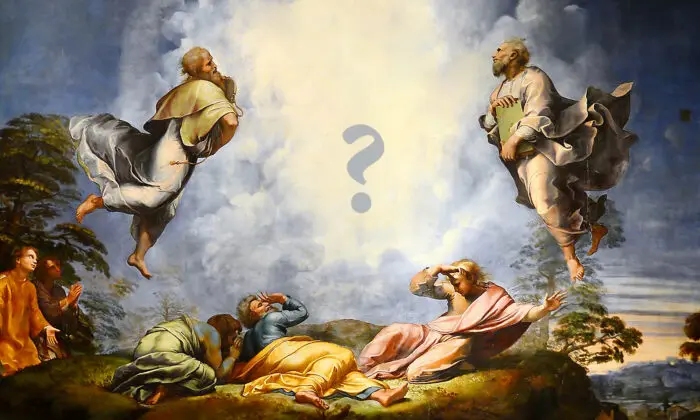
freecores.com – Visual arts have long been a significant part of human expression, capturing the essence of cultures, emotions, and ideas through various forms and mediums. From the intricate sculptures of ancient Greece to the abstract paintings of the contemporary era, visual arts have evolved significantly over centuries. This article explores the journey of visual arts, from the classic styles that laid the foundation of Western art to the revolutionary and boundary-pushing trends of contemporary works.
” Also Read: Technology That Will Change How We Work in the Future “
Classical art refers to the artistic styles that emerged from ancient civilizations, particularly the Greeks and Romans. The hallmark of classical art is its dedication to realism, proportion, and balance. Artists of this period focused on capturing the human form in its most idealized and perfect state. Sculptures such as Laocoön and His Sons or the statues of ancient deities are prime examples of the precise anatomical detail and naturalism that characterized this era.
The Renaissance period, which followed many centuries later, revived classical ideas, bringing them into a new age of cultural flourishing. Artists like Leonardo da Vinci, Michelangelo, and Raphael exemplified the balance and harmony of classical principles while pushing the boundaries of what art could achieve in terms of perspective, anatomy, and light.
As the world entered the late 19th and early 20th centuries, a significant shift occurred in the world of visual arts. Artists began to challenge the strict rules of realism and classical proportion, giving rise to what we now call modern art. Movements such as Impressionism, Cubism, and Surrealism began to prioritize expression, emotion, and abstraction over the realistic representation of subjects.
For instance, the Impressionists, led by figures like Claude Monet and Pierre-Auguste Renoir, broke from tradition by using loose brushstrokes and focusing on light and color rather than detailed forms. Meanwhile, Cubists like Pablo Picasso deconstructed objects into geometric shapes, challenging viewers to see the world in new and fragmented ways.
Contemporary art, which refers to art produced from the late 20th century to the present day, continues to push the boundaries of creativity and interpretation. Unlike classical art, which often sought to represent reality, contemporary art embraces a wide variety of materials, techniques, and concepts. Artists today explore themes such as identity, politics, technology, and social change, often provoking thought and conversation rather than focusing solely on aesthetics.
” Also Read: Types of Diets: Which One Is Right for You? “
Notable examples of contemporary artists include Yayoi Kusama, known for her immersive installations and polka dot patterns, and Banksy, a street artist whose work often carries sharp political commentary. These artists, along with many others, have expanded the definition of what art can be, moving beyond traditional mediums like painting and sculpture to include performance art, digital works, and multimedia installations.
From the harmonious and idealized forms of classical art to the abstract and experimental works of contemporary artists, the evolution of visual arts reflects the changing values, cultures, and ideas of society. Understanding this progression allows us to appreciate the diversity of artistic expression throughout history. Whether we find beauty in the precision of a Renaissance painting or the bold statements of a modern installation, visual arts continue to inspire, challenge, and captivate us across time.